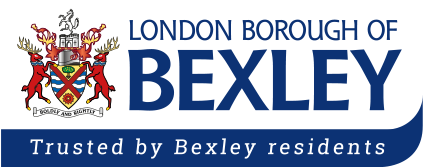Contents
- Foreword and introduction
- Executive Summary
- Partnership delivery in 2023
- A 'Public Health' approach to violent crime
- Our community
- Serious Violence Duty
- Violence and Vulnerability Reduction Action Plan
- School 'inclusion' policy
- Key considerations
- Co-ordinated communications
- Appendix A - Serious violence crime data and context
- Appendix B - Serious violence SNA summary
- Serious violence offences (Non-DA) - two year comparison
- Domestic abuse SV offences - two year comparison
- Appendix C - Useful links
- Appendix D - Glossary of terms
- Appendix E - Partnership delivery in 2023
Appendix E - Partnership delivery in 2023
Serious Violence Duty
The Serious Violence Duty (see Serious Violence Duty and Appendix B) was introduced in January 2023 and placed a duty on CSPs to formally tackle serious violence and hold the governance for the response to the duty. Part of the duty was to produce a Serious Violence Joint Strategic Assessment (JSA) and a Serious Violence Strategy for the borough.
Both the JSA and this refreshed Strategy will be submitted to the Violence Reduction Unit at the end of January 2024. The Executive Summary from the JSA is included as an appendix, and wider gaps and recommendations will, in turn, feed into the Violence and Vulnerability Reduction Action Plan (VVRAP). Oversight and implementation of the plan come from the BCSP Executive Group and the BCSP Serious Violence Working Group, respectively.

